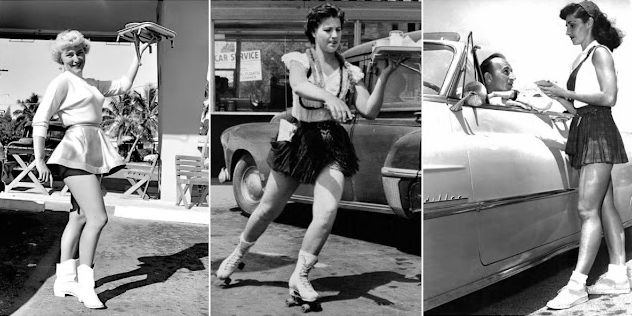The 1930s marked a transformative era for the American film industry, often referred to as the Golden Age of Hollywood.
It was a time of unparalleled creativity, artistic innovation, and the rise of iconic movie stars.
Explores the significance of the 1930s in Hollywood, delving into the glamour, the stars, the studio system, and the cinematic triumphs that defined this remarkable era.
The Studio System and the Rise of the Big Studios:
a. Studio dominance: The 1930s witnessed the consolidation of power among major studios like MGM, Warner Bros., Paramount Pictures, 20th Century Fox, and Universal Pictures.
These studios controlled every aspect of filmmaking, from production to distribution, creating a vertically integrated system.
b. Star system: The studios cultivated and promoted their own pool of talented actors and actresses, molding them into larger-than-life stars and shaping their public personas.
The star system became a cornerstone of Hollywood's success, drawing audiences to theaters.
Technological Advancements and the Advent of Sound:
a. The transition to sound: The 1930s saw the introduction of synchronized sound, revolutionizing the film industry.
Talkies replaced silent films, and studios invested in sound technology to capitalize on the new medium. Films like The Jazz Singer (1927) and Lights of New York (1928) paved the way for the widespread adoption of sound in cinema.
b. Technicolor: The development of Technicolor in the 1930s brought vibrant, full-color films to the silver screen, captivating audiences with its visual splendor.
Films like The Wizard of Oz (1939) and Gone with the Wind (1939) showcased the possibilities of color cinematography.
Iconic Movie Stars and Glamour:
a. The rise of the leading ladies: The 1930s witnessed the emergence of legendary actresses such as Greta Garbo, Bette Davis, Joan Crawford, and Katharine Hepburn.
These women captivated audiences with their talent, beauty, and on-screen charisma.
b. Legendary leading men: Hollywood's leading men, including Clark Gable, Cary Grant, Humphrey Bogart, and James Stewart, became cultural icons.
Their performances and on-screen presence solidified their status as Hollywood legends.
c. Escapism and glamour: Hollywood films of the 1930s offered audiences an escape from the hardships of the Great Depression.
Lavish sets, exquisite costumes, and larger-than-life stories transported viewers into a world of glamour and fantasy.
Genres and Cinematic Triumphs:
a. Musical extravaganzas: Musicals experienced a golden era in the 1930s, with films like The Wizard of Oz, Singin' in the Rain (1932), and Top Hat (1935) captivating audiences with memorable songs and dance numbers.
b. Screwball comedies: The 1930s produced a string of witty and fast-paced comedies, characterized by eccentric characters, rapid-fire dialogue, and comedic situations.
Films like It Happened One Night (1934) and Bringing Up Baby (1938) became enduring classics.
c. Epics and dramas: The 1930s witnessed the production of grand-scale epics and emotionally charged dramas, such as Gone with the Wind, Mr. Smith Goes to Washington (1939), and Wuthering Heights (1939), showcasing the artistry and storytelling prowess of Hollywood.
Challenges and Social Impact:
a. The Great Depression's impact: The economic hardships of the Great Depression affected the film industry, but Hollywood managed to provide escapism and entertainment to a struggling nation.
b. Censorship and the Production Code: The 1930s saw the implementation of the Production Code, a set of industry guidelines that regulated the content and morality of films.
It significantly impacted storytelling and creative expression in Hollywood.
The Golden Age of Hollywood in the 1930s was a transformative period that shaped the course of American cinema.
The studio system, the rise of iconic movie stars, technological advancements, and cinematic triumphs created a cultural phenomenon that captured the hearts and imaginations of audiences worldwide.
The films produced during this era continue to inspire and entertain audiences, leaving an indelible mark on the history of cinema.
The glamour, the stars, and the artistic achievements of the 1930s continue to define the allure and magic of Hollywood.



